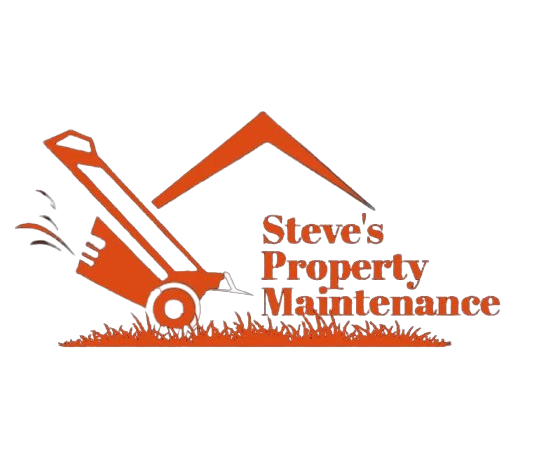Creating a green lawn means you must care for it and use smart methods. Gardeners use sand topdressing and leveling to make lawns look neat and grow well. This method fixes drainage and makes grass grow evenly. The text below explains sand topdressing, its benefits, the steps to do it, and some useful tips.
Understanding Sand Topdressing
Sand topdressing means you spread a thin layer of sand over your lawn. The sand fills low spots and makes the surface flatter. Sand stays in place, so your lawn stays even over time. This method works well when you want a smooth finish like a putting green.
Benefits of Sand Topdressing
-
Level Surface
Sand fills in gaps and makes the ground flat. This is key when the grass is cut short because bumps stand out. -
Better Drainage
Sand helps water flow away from the roots. This stops the grass from staying too wet and getting sick. -
Moisture Balance
Evenly spread sand helps keep the soil from staying too damp. This keeps the roots from rotting. -
Thatch Control
Sand works with regular care to break down layers of thatch. This makes the lawn look fresh.
Keep in mind, sand topdressing works best when you have some experience. New gardeners may need more practice because the method calls for extra care and follow-up work. You must add more sand and fertilizer over time to keep the lawn healthy.
The Topdressing Process
Step 1: Preparing Your Lawn
Check your lawn and mark areas that need filling. Mow the grass to about one inch so the sand can reach the soil.
Step 2: Choosing the Right Sand
Many gardeners pick mason sand because it is fine and clean. Make sure the sand is dry. Wet sand can clump and be hard to spread.
Step 3: Application
You can apply the sand in different ways. For small areas, use a shovel and spread by hand. For large lawns, a topdresser machine can spread the sand evenly. Use about 1/4 to 1/2 inch of sand on the surface.
Step 4: Incorporation
After you spread the sand, let it settle in. Rain may help push the sand into the grass. Use a rake to brush the sand further into the soil.
Step 5: Overseeding
If you remove a lot of soil when coring, you must add new seeds. For example, ryegrass seeds can be scattered after topdressing to fill in gaps.
Maintenance After Topdressing
After you topdress, keep an eye on the lawn. Check for spots where more sand is needed. Watch the moisture levels and adjust your watering accordingly. Remember to add fertilizer because sand does not give nutrients.
Concluding Thoughts
Sand topdressing makes your lawn look neat and supports healthy growth. It demands more skill and care than some other lawn routines. With attention and routine work, your lawn can become a strong green space.
[h3]Transform Your Lawn with Steve’s Property Maintenance![/h3]
At Steve’s Property Maintenance, we specialize in expert lawn care, landscaping, and property maintenance services right here in New London County, Connecticut. Whether you need regular lawn maintenance, a complete yard transformation, or eco-friendly landscaping solutions, we’ve got you covered!
📞 Call us today at +1 860-847-3441
🌐 Visit us at https://steves-property-maintenance.com
📅 Schedule a Free Consultation Now!
Don’t wait—take the first step toward a greener, healthier lawn today!

